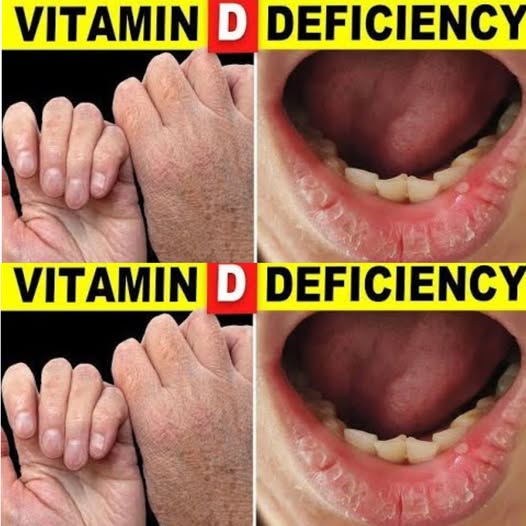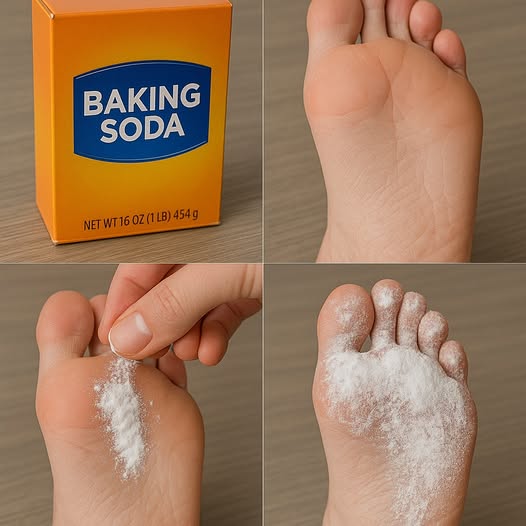Introduction

In today’s health-conscious world, Vitamin D is often hailed as the “sunshine vitamin”, crucial for maintaining strong bones, a resilient immune system, and even mental well-being. Yet, despite widespread awareness and access to supplements, over 1 billion people worldwide still suffer from Vitamin D deficiency, according to the World Health Organization.
This isn’t just a minor health hiccup. Low Vitamin D levels have been linked to serious conditions including heart disease, depression, autoimmune disorders, and even certain cancers. The shocking part? Many people don’t even realize they’re deficient—or why they’re deficient in the first place.
In this article, we’ll uncover the top 8 unexpected causes of low Vitamin D, explore the most frequently asked questions, and offer actionable strategies to correct this silent deficiency before it impacts your long-term health.
The Hidden Epidemic: Why Low Vitamin D Is More Common Than You Think
Despite sunny climates and easy access to fortified foods, Vitamin D deficiency is reaching epidemic levels. According to a study published in The Journal of Clinical Endocrinology & Metabolism, more than 40% of U.S. adults are deficient in Vitamin D.
What’s more alarming? Many of these individuals maintain seemingly healthy diets and lifestyles. So why the shortfall?
Let’s break down the top 8 surprising culprits contributing to this global deficiency—and what you can do about them.
Top 8 Unexpected Causes of Low Vitamin D
1. Excessive Use of Sunscreen
Yes, sunscreen protects you from harmful UV rays. But did you know that using sunscreen with SPF 30 or higher can reduce Vitamin D synthesis by 95% or more?
Solution: While it’s important to protect your skin, aim for 10–15 minutes of unprotected sun exposure (preferably in the morning or late afternoon) a few times a week—especially on arms and legs.
2. Staying Indoors Too Often
With remote work, indoor gyms, and endless streaming options, it’s easy to go days without meaningful sun exposure. Your body needs UVB rays to produce Vitamin D naturally.
Solution: Prioritize outdoor breaks during daylight hours. Even a 20-minute walk around your neighborhood can make a difference.
3. Obesity
Vitamin D is fat-soluble, meaning it’s stored in body fat. In people with higher body fat percentages, Vitamin D becomes “trapped” in fat cells, making it less available for use by the body.
Stat Alert: Research from the Harvard School of Public Health indicates that obese individuals are 35% more likely to have low Vitamin D levels.
Solution: Discuss supplementation with a healthcare provider and incorporate more aerobic and resistance-based exercises into your routine.
4. Darker Skin Tone
Melanin acts as a natural sunscreen. The more melanin your skin contains, the less efficient your skin is at synthesizing Vitamin D from sunlight.
Solution: If you have darker skin, you may need 3–5 times more sun exposure to produce adequate Vitamin D. Consider regular blood tests and supplementation if needed.
5. Certain Medications
Several commonly prescribed drugs can interfere with Vitamin D metabolism or absorption. These include:
- Steroids (like prednisone)
- Anticonvulsants
- Cholesterol-lowering drugs
- Weight-loss drugs
Solution: If you’re taking long-term medication, speak to your physician about monitoring your Vitamin D status.
6. Aging
As we age, our skin becomes less efficient at converting sunlight into Vitamin D. At the same time, kidneys become less effective in converting Vitamin D into its active form.
Stat Alert: People over 65 produce 75% less Vitamin D from sun exposure than younger individuals.
Solution: Seniors should be proactive—get routine blood tests and consider Vitamin D-rich foods and high-quality supplements.
7. Digestive Disorders
Conditions like Crohn’s disease, celiac disease, and IBS can impair nutrient absorption, including Vitamin D.
Solution: If you suffer from a chronic gut condition, work with a gastroenterologist to create a tailored supplementation plan.
8. Poor Dietary Choices
Despite food fortification, many modern diets lack natural sources of Vitamin D. Relying heavily on processed foods or avoiding fish, dairy, and eggs can contribute to deficiency.
Solution: Include fatty fish (like salmon or mackerel), fortified dairy or plant milk, egg yolks, and mushrooms in your diet regularly.
Frequently Asked Questions (FAQs)
Q1: What are the symptoms of low Vitamin D?
Common symptoms include:
- Fatigue
- Bone or muscle pain
- Frequent illness
- Depression
- Slow wound healing
- Hair loss
However, many people experience no symptoms at all, making regular testing crucial.
Q2: How much Vitamin D do I need daily?
The Recommended Daily Allowance (RDA) varies:
- Adults under 70: 600–800 IU
- Adults over 70: 800–1000 IU
- Pregnant/Lactating women: ~600 IU
Note: Some experts recommend 2000 IU or more daily for optimal health, especially if you’re deficient.
Q3: Can I get enough Vitamin D from food alone?
It’s challenging. Very few foods contain substantial amounts of Vitamin D naturally. That’s why sun exposure and supplements are often necessary, especially in colder climates.
Q4: Are there any risks to taking too much Vitamin D?
Yes. Vitamin D toxicity (usually from excessive supplementation) can lead to:
- Nausea
- Weakness
- Kidney problems
- Elevated calcium levels
Always consult a healthcare provider before taking high-dose supplements.
Q5: How can I check my Vitamin D levels?
Ask your doctor for a 25-hydroxyvitamin D blood test. Levels are measured in nanograms/milliliter (ng/mL):
- Deficient: < 20 ng/mL
- Insufficient: 20–29 ng/mL
- Sufficient: 30–60 ng/mL
- Toxic: > 100 ng/mL
Pro Tips to Boost Vitamin D Naturally
1. Track Your Sunlight: Use apps like D Minder to track UV exposure and Vitamin D synthesis.
2. Supplement Smartly: Opt for Vitamin D3 (cholecalciferol) over D2. It’s more effective in raising blood levels.
3. Pair With Fat: Since it’s fat-soluble, take Vitamin D supplements with a meal that contains healthy fats (like avocado or olive oil).
4. Eat with Intention: Include foods like cod liver oil, sardines, beef liver, and fortified cereals in your meal plans.
5. Monitor Levels Regularly: Especially if you’re in a high-risk group—pregnant, over 60, have darker skin, or suffer from chronic illnesses.
Conclusion: Don’t Let Deficiency Sneak Up on You
Vitamin D deficiency is a silent epidemic that affects millions—often without obvious symptoms. While sunlight is a major source, modern lifestyle habits, aging, medications, and dietary choices can all interfere with your body’s ability to produce or absorb this essential vitamin.
The good news? With awareness and proactive steps, Vitamin D deficiency is entirely preventable and reversible.
By understanding these 8 unexpected causes and implementing smart solutions, you can optimize your health, boost immunity, and safeguard your long-term wellness.
Take action today. Get tested. Get outside. Supplement smartly. Eat intentionally. Your body—and your future—will thank you.


